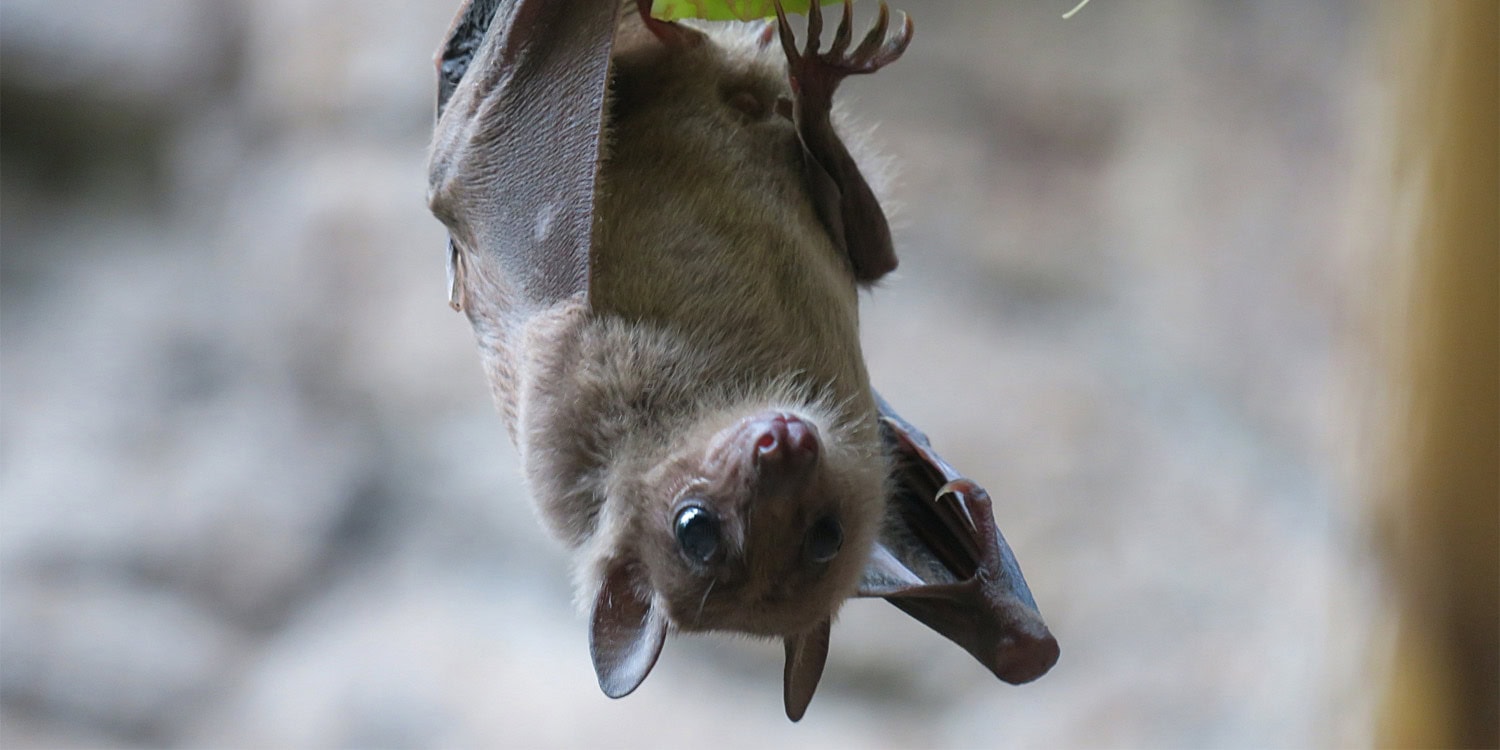A new study published in Nature Neuroscience has found that the presence, movements, and identity of human experimenters influence the activity of hippocampal neurons in Egyptian fruit bats. The research reveals that when these bats are flying, their brain cells respond differently depending on which human they land near, and even when the bats are stationary, their brain activity reflects the location and identity of humans moving around the room. The finding suggests that human presence during animal experiments could impact the neural data collected in such studies.
The researchers were motivated to conduct this study because they were concerned that the involvement of human experimenters in laboratory settings might be influencing the results of previous neuroscience studies. Michael Yartsev, the senior author of the study and head of the NeuroBat Lab at the University of California, Berkeley, explained that some results from other laboratories could not be replicated in his lab, and he suspected that human interaction with animals during experiments might be the cause.
“There were some results from other labs we could not replicate or understand,” Yartsev told PsyPost. “Our concern was that these were biased by the involvement of human experimenters and we wanted to see if this intuition was true.”
The team wanted to test whether the presence and actions of human experimenters were affecting the animals’ neural activity and thus biasing the data collected in these studies. By explicitly testing this idea, the researchers hoped to clarify previous findings and emphasize the importance of minimizing human involvement during animal experiments.
To explore how human experimenters might influence neural activity in animals, Yartsev’s team designed a study involving four adult female Egyptian fruit bats. These bats were housed in a carefully controlled laboratory environment and implanted with wireless neural recording devices to monitor the activity of neurons in their hippocampus—a part of the brain involved in spatial navigation. The hippocampus plays a critical role in forming mental maps of an animal’s environment and is known for its “place” neurons, which fire to indicate specific locations within an environment.
The experiment was conducted in a room designed to reduce external noise and other distractions. In this room, two human experimenters, one male and one female, stood at various tripod locations, offering food rewards to the bats when they landed on their outstretched hands. The humans wore identical protective clothing, including gloves, to control for any potential visual or tactile cues that might influence the bats. The room was equipped with advanced tracking technology that recorded the three-dimensional movements of both the bats and the humans with high precision.
The researchers designed two different tasks for the bats. In the first task, the bats were free to fly between the two human experimenters to receive a reward. The humans switched positions at regular intervals to ensure that each bat spent an equal amount of time interacting with each experimenter in each location. In the second task, the bats were stationary, hanging from preferred resting spots, while the human experimenters approached them to either feed them or briefly handle them.
Throughout the experiment, the neural activity of the bats’ hippocampal neurons was continuously recorded. The researchers specifically looked at how the neurons responded to the presence, movement, and identity of the humans in the room.
The researchers found that in flying bats, the activity of many hippocampal neurons changed depending on which human was standing at the landing location. In other words, individual neurons in the bats’ brains were modulated by the identity of the human experimenter—one neuron might fire more when the bat landed near the male experimenter, while another neuron might be more active when the bat landed near the female experimenter. This response to human identity was not uniform across all neurons, suggesting that different neurons encoded different aspects of the spatial task, including both the bat’s position and the human’s identity.
Second, when the bats were stationary, many neurons still carried significant spatial information about the location of the humans moving around the room. For example, as one human walked toward the bat to offer a reward, certain neurons would become active, encoding both the human’s location and their identity. Remarkably, nearly half of the neurons that responded to human movement during these stationary phases were selective for one human experimenter over the other, indicating that these neurons were tuned not only to the spatial position of the humans but also to who the human was.
The researchers found that this neural modulation could not be explained by simple factors like differences in the rewards given by the two experimenters or the presence of a second bat in the room. Even after controlling for these variables, the identity of the human experimenter remained a significant factor in determining how the neurons responded.
These findings are important because they show that the hippocampus is not only involved in encoding an animal’s own position in space but also integrates information about other individuals present in the environment—whether they are conspecifics (other bats) or humans. The fact that neurons responded differently to different humans, even in a highly controlled experimental setting, suggests that the presence of human experimenters can have an impact on the neural activity of animals, potentially affecting the outcomes of neuroscience experiments.
The study highlights “that it is very important to consider how uncontrollable factors, such as humans, can influence the interpretation of neural findings in behavioral neuroscience,” Yartsev said.
This is particularly important in experiments that involve direct human interaction with the animals, such as delivering rewards, handling, or manipulating objects in the environment. If human experimenters are influencing neural activity in ways that researchers are not accounting for, it could lead to biased or misinterpreted results.
Yartsev and his colleagues advocate for reducing human involvement as much as possible in animal experiments to avoid these potential biases. By using wireless neural recording technologies and minimizing human-animal interactions, researchers can obtain more accurate data that truly reflects the neural processes of the animals, free from the unintended influence of human presence.
“This was a single study aimed to both clarify to us previous results and also to underscore why taking the approach we have been taking (i.e., removing human involvement as much as possible) is crucial,” Yartsev said.
The study, “Neural representation of human experimenters in the bat hippocampus,” was authored by Madeleine C. Snyder, Kevin K. Qi, and Michael M. Yartsev.




